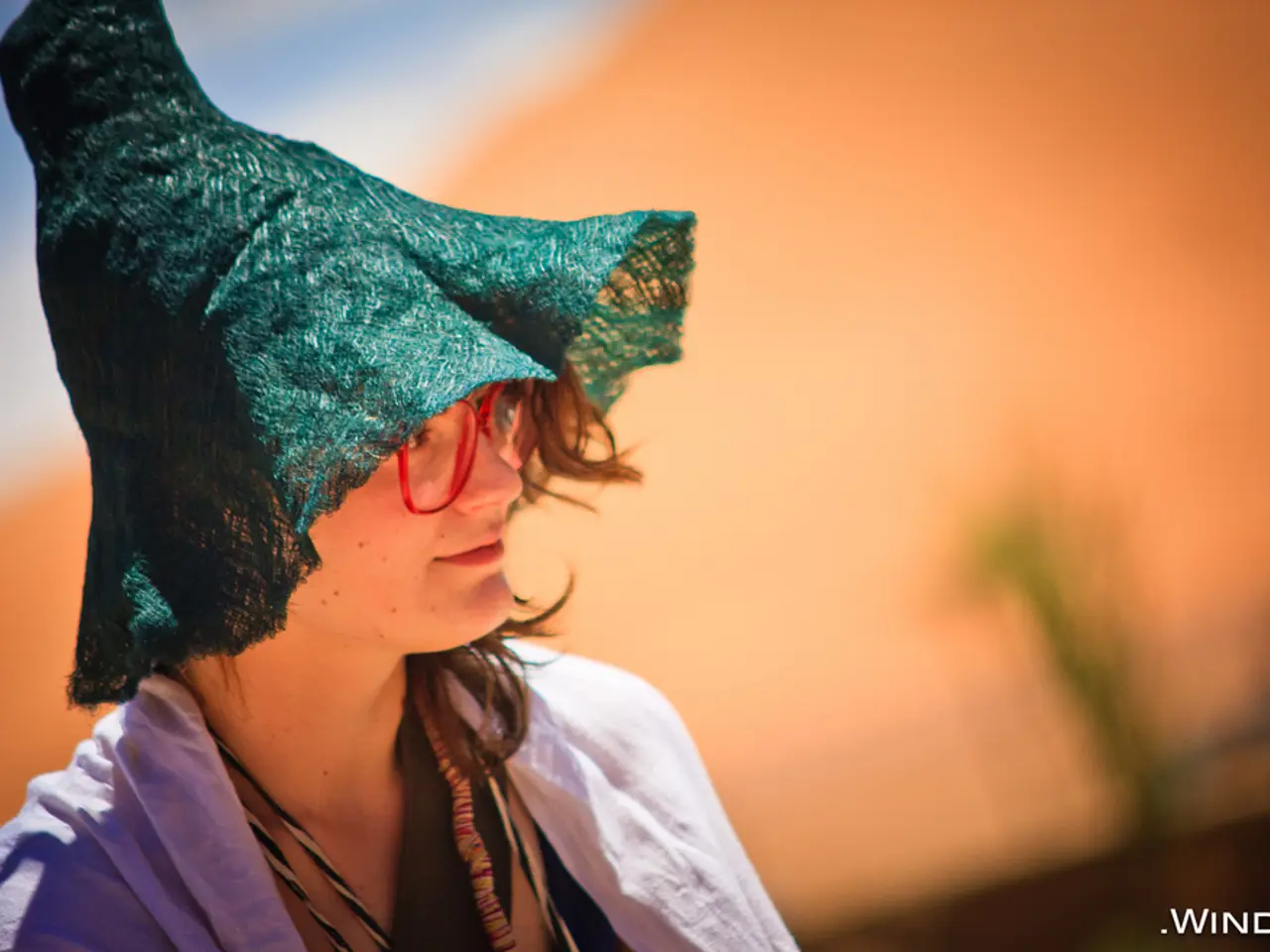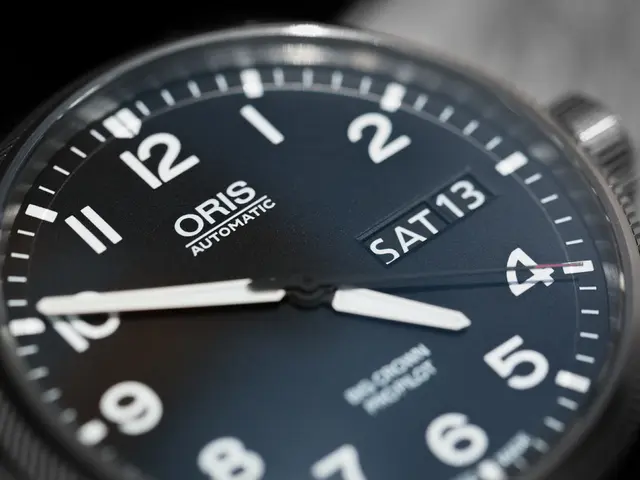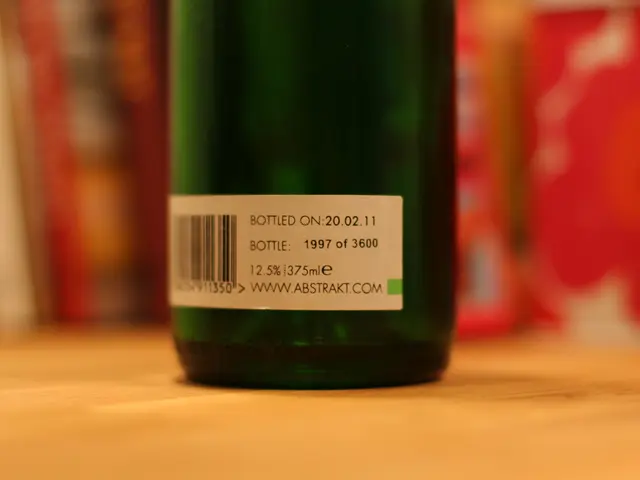New approach for alleviating dry eye issues: What does it entail?
New Advances in Dry Eye Syndrome Treatment Offer Hope for Sufferers
In a significant breakthrough for those affected by dry eye syndrome, the latest advancements in treatment have brought about new prescription eye drops and improved intense pulsed light (IPL) therapies.
Prescription Eye Drops: A New Arsenal Against Dry Eye
The US Food and Drug Administration (FDA) approved Tryptyr in May 2025, marking the first TRPM8 agonist to hit the market. This innovative eye drop stimulates tear production, leading to a 42.6–53.2% symptom improvement by day 14 in clinical trials.
Perfluorohexyloctane (Miebo), which received FDA approval in 2023, targets tear evaporation, a key factor in evaporative dry eye.
Lotilaner (Xdemvy), a novel treatment, addresses Demodex blepharitis-associated dry eye by reducing eyelid mite infestation and improving gland function.
Anti-inflammatory agents such as cyclosporine (Restasis, Cequa) and lifitegrast (Xiidra) remain standard for reducing ocular surface inflammation. Emerging drugs like reproxalap are in phase III trials, showing promising anti-inflammatory effects, while varenicline nasal spray (Tyrvaya) is another new FDA-approved option that stimulates tear production via trigeminal pathways.
IPL Therapy: Lighting the Way to Better Eye Health
IPL devices, such as OptiLIGHT, have received FDA clearance specifically for meibomian gland dysfunction (MGD)-related dry eye. IPL uses controlled light pulses to reduce inflammation and improve meibomian gland function, stabilizing the tear film.
IPL is part of in-office advanced procedures alongside others such as thermal pulsation (LipiFlow) and punctal occlusion, aimed at tackling the underlying causes of evaporative dry eye and improving ocular surface health.
The long-term efficacy of adjunctive devices like TearCare, which combines thermal treatment with manual gland expression, has been demonstrated in the SAHARA trial, showing sustained improvement up to 2 years with only one or two treatments per year.
Beyond Traditional Treatments
These options offer long-lasting symptom relief and improved disease management beyond traditional artificial tears. Regularly cleaning the eyelids and lashes can help prevent inflammation and improve tear quality. Smoke and wind can exacerbate dry eye symptoms, so it's important to take precautions when exposed.
The cost of dry eye treatment varies depending on the specific treatment needed. Basic over-the-counter treatments are relatively affordable, but prescription eye drops can be more expensive and may not be fully covered by insurance. Some insurance plans may cover a portion of the cost of prescription medications or certain procedures if they are deemed medically necessary.
Excessive screen time can lead to decreased blinking and increased evaporation of tears. Using a humidifier can help maintain a more comfortable humidity level, preventing excessive evaporation of tears.
Punctal plug surgery involves inserting small plugs called punctal plugs into the tear drainage ducts at the inner corners of the upper and lower eyelids to slow tear drainage and alleviate dryness. Consciously blinking more often can help spread tears evenly across the eye's surface. Positioning the screen or book slightly below eye level can encourage more complete blinking.
A balanced diet rich in omega-3 fatty acids, vitamins A, C, and E, and antioxidants can contribute to overall eye health. Staying well hydrated can help maintain moisture in the eyes.
Read also:
- Chest Pain Caused by Compressed Nerves: A Possibility Explored
- Weight and Plumpness: Exploring Health Consequences and Understandings
- Expectant mother resorts to marijuana for relieving morning sickness; state authorities deem her a child abuser.
- Research indicates a potential optimal diet for promoting healthy aging over a 30-year span






